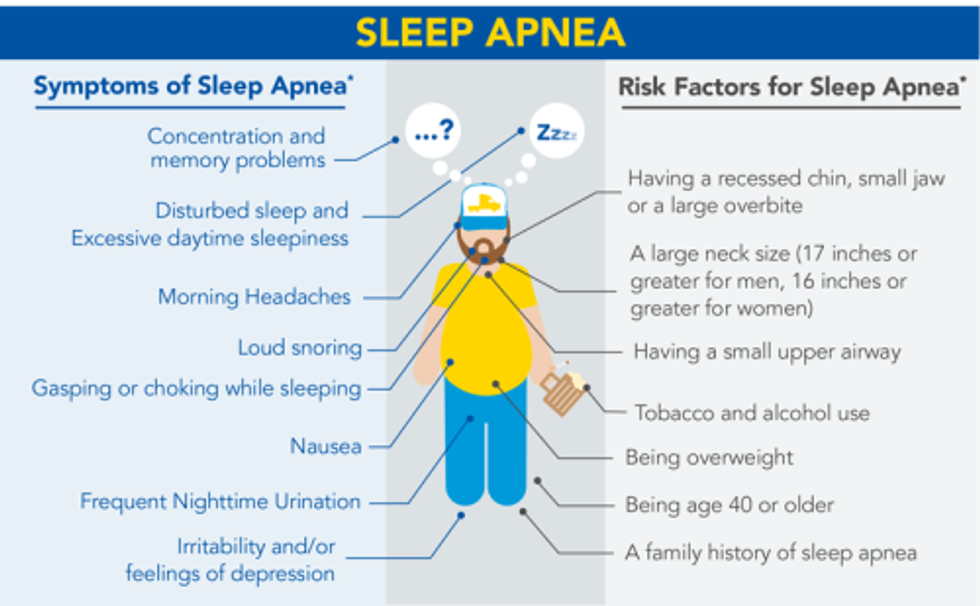Penske Logistics Drivers Chart Exemplary Safety Course
For some, 1999 would be most memorable as the year when the Yankees won the World Series for the 25th time, when gas was $1.22 a gallon or when the world panicked over the Y2K bug.
For Bill Scull, a Penske Logistics driver, that year and the 17 since have been memorable for what didn’t happen. In all that time, Scull has remained accident-free.
Scull and 11 other drivers in Bridgeport, New Jersey, were recognized recently by Marc Althen, president of Penske Logistics; Dennis Abruzzi, senior vice president of enterprise solutions; Jeff Jackson, senior vice president of the Eastern Region; Jason Herr, director of safety; and Peter Bayer, area vice president of the Eastern Region, for their outstanding safety records.
“These 12 highly successful associates come to work with the correct mindset each day. They are patient, alert and self-aware,” Herr said. “They consistently make use of all the methods of incident prevention that are available – defensive driving, personal protective equipment, safety cones, get proper rest and stay in solid physical shape.”
All the drivers deliver for a leading regional convenience store chain, delivering fresh food products 365 days a year. About 130 drivers operate from the Bridgeport location, delivering to area destinations in New Jersey, Pennsylvania, Maryland, Virginia and the Washington, D.C. suburbs.
In all, 12 associates were recognized for 10 or more years of consecutive incident-free driving. Four associates were recognized for having 17 years or more of incident-free driving.
The drivers recognized included: David Evans, 18 years; David Wojciechowski, 18 years; David Hoffer, 17 years; Richard Scull, 17 years; Don Kubiak, 15 years; Barry Scott, 15 years; Glen Owens, 14 years; Greg McCann, 13 years; Don Nelson, 13 years; Robert Barracliffe, 12 years; Shawn Elisano, 12 years; and Tom Spence, 11 years.
Scull transitioned to a trucking career from sales. He was between jobs and never really considered a career in trucking until his friend – also a Penske driver – encouraged him to apply. “I’ve been there ever since,” Scull said.
When he looks back over his 17 years of being accident-free, he credits two things: his father’s sense of responsibility and accountability that was passed on to him and Penske’s emphasis on safety.
“That foundation allows me to be a little bit safer in the work environment. I care about my co-workers. I care about my life and getting home to see my family,” Scull said. “If I care about me in a responsible manner, it gets me home safe at the end of the day.”
A big part of Penske’s safety initiative is encouraging drives to participate in the Smith System training course. Smith System is a leading provider of collision avoidance driving training.
“With Penske’s emphasis on safety, and the team meetings they provide, videos and periodic Smith System training and recertification, I think they help to refocus and re-center your thought process. It all plays a role with keeping you safe out there,” Scull said.
Herr applauded the outstanding safety achievement of the drivers.
“These drivers are actively engaged in safe, professional, efficient and on-time performance for our customer. Not just when it is convenient; but all the time,” Herr said. “Working hours when most of us are sleeping, delivering all days of the week, in a congested part of the country, and doing so incident-free for this period of time is remarkable performance that is truly matched by few.”
By Bernie Mixon
